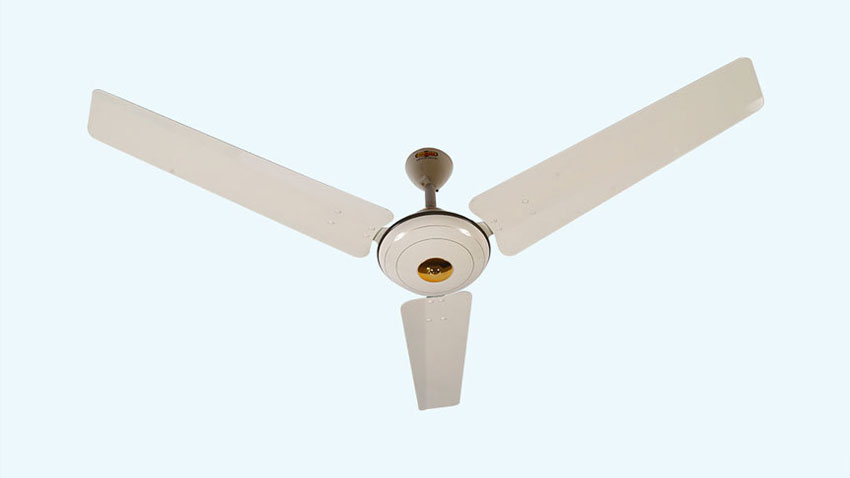
The government has decided to launch the mega project where inverter fans will be provided to electricity users across the country. The goal is to save a huge amount of electricity — and your monthly bill too.
The Board of Directors has already approved this plan. Now, with that approval, a special agreement will be signed between LESCO (Lahore Electric Supply Company) and NEECA (National Energy Efficiency & Conservation Authority). Once this agreement is in place, users will be offered inverter fans.
But here’s the curious part: It’s totally up to the users whether they want to buy these fans or not. That means no force — just choice.
To decide who will get these inverter fans, the federal government has asked LESCO for the last 3 years’ billing records of its users. This information will help select the right households for this benefit.
But the project is not just for Lahore – it’s part of a much bigger plan! Across the whole country, 80 million traditional fans will be replaced with inverter fans.
Read more: How much income tax will be deducted from your salary now?
Why is this such a big deal? Because replacing these 80 million fans can help the country save up to 5,000 megawatts of electricity every year! That’s a huge amount — equal to several large power plants.
Imagine a future with fewer power cuts, lower electricity bills, and a cooler home — all thanks to just one smarter fan.
This initiative is a bold step towards modernizing household electricity usage in Pakistan. Traditional ceiling fans consume a large amount of power, especially in summers when electricity demand is at its peak. Inverter fans, on the other hand, use much less energy and can lead to massive savings on both individual and national levels.
The project shows the government’s serious focus on energy conservation, and by using past billing data, they aim to ensure the fans go to households that need them the most.
If implemented successfully, this plan can transform how energy is used in homes, potentially reducing the national power shortfall and cutting down load shedding issues.
However, it will also depend on public acceptance — whether users are ready to switch and invest in inverter fans when offered. The fact that the choice is optional shows a thoughtful approach by the authorities.




